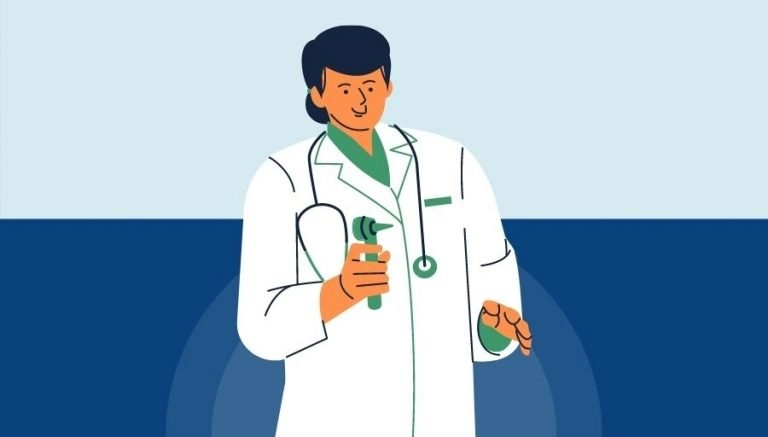How To Use CPT Code 35102
CPT 35102 describes the direct repair of aneurysm, pseudoaneurysm, or excision (partial or total) and graft insertion, with or without patch graft, for aneurysm, pseudoaneurysm, and associated occlusive disease in the abdominal aorta involving iliac vessels. This article will cover the description, procedure, qualifying circumstances, appropriate usage, documentation requirements, billing guidelines, historical information and billing examples.
1. What is CPT Code 35102?
CPT 35102 is used to describe a surgical procedure that involves the direct repair of an aneurysm, pseudoaneurysm, or excision (partial or total) and graft insertion in the abdominal aorta, specifically involving the iliac vessels. This procedure may also include the use of a patch graft to repair or replace defective or missing tissue. It is important to note that this code is specifically for cases involving aneurysm, pseudoaneurysm, and associated occlusive disease in the abdominal aorta.
2. Official Description
The official description of CPT code 35102 is: ‘Direct repair of aneurysm, pseudoaneurysm, or excision (partial or total) and graft insertion, with or without patch graft; for aneurysm, pseudoaneurysm, and associated occlusive disease, abdominal aorta involving iliac vessels (common, hypogastric, external)’
3. Procedure
- In this procedure, the healthcare provider makes an incision into the abdomen and pelvis to access the aneurysm or pseudoaneurysm in the abdominal aorta and iliac vessels.
- The provider then performs direct repair or places a graft at the site of repair.
- During the procedure, the provider may also use a patch graft to cover an open area on one side of the vessel or help widen the artery and improve blood flow.
- After the repair or graft insertion, the provider closes the incision with sutures in layers.
4. Qualifying circumstances
CPT 35102 is used for cases involving aneurysm, pseudoaneurysm, and associated occlusive disease in the abdominal aorta involving iliac vessels. The procedure may be performed when there is a weakness in the wall of a blood vessel or ventricle of the heart, requiring surgical repair or excision to prevent rupture. The use of a graft or patch graft may be necessary to replace or repair defective or missing tissue.
5. When to use CPT code 35102
CPT code 35102 should be used when a healthcare provider performs a direct repair of an aneurysm, pseudoaneurysm, or excision (partial or total) and graft insertion in the abdominal aorta involving iliac vessels. This code is specific to cases involving aneurysm, pseudoaneurysm, and associated occlusive disease in the abdominal aorta. It should not be used for other types of repairs or graft insertions in different areas of the body.
6. Documentation requirements
To support a claim for CPT 35102, the healthcare provider must document the following information:
- Patient’s diagnosis and the need for the direct repair or graft insertion
- Details of the procedure performed, including the use of a patch graft if applicable
- Date of the procedure
- Any complications or additional procedures performed
- Signature of the healthcare provider performing the procedure
7. Billing guidelines
When billing for CPT 35102, ensure that the procedure meets the criteria for this specific code. It is important to accurately document the details of the procedure and any additional services provided. CPT code 35102 should not be reported with other codes unless there are separate and distinct procedures performed. It is also important to follow any specific billing guidelines provided by insurance payers or regulatory agencies.
8. Historical information
CPT code 35102 was added to the Current Procedural Terminology system on January 1, 1990. There have been no updates or changes to the code since its addition. However, it is important to stay updated with any changes or revisions to coding guidelines and regulations.
9. Examples
- A healthcare provider performs a direct repair of an aneurysm in the abdominal aorta and iliac vessels, using a graft to replace the damaged tissue.
- A patient undergoes a procedure in which a pseudoaneurysm in the abdominal aorta and iliac vessels is excised and a patch graft is placed to cover the open area.
- A healthcare provider performs a partial excision of an aneurysm in the abdominal aorta and inserts a graft to repair the remaining portion of the vessel.
- A patient undergoes a total excision of a pseudoaneurysm in the abdominal aorta and iliac vessels, followed by the insertion of a graft to restore blood flow.
- A healthcare provider performs a direct repair of an aneurysm in the abdominal aorta and iliac vessels, using a patch graft to widen the artery and improve blood flow.
- A patient undergoes a procedure in which a pseudoaneurysm in the abdominal aorta and iliac vessels is excised and a graft is inserted to replace the damaged tissue.



